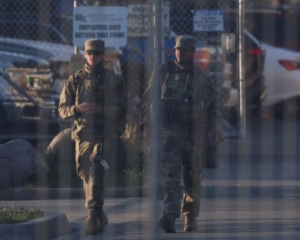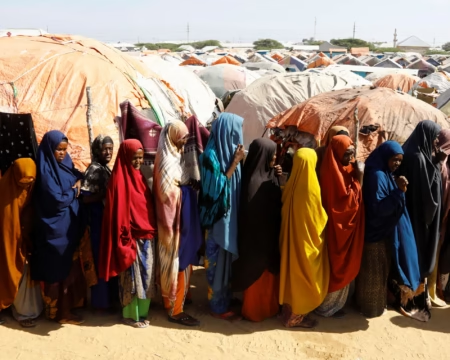Pakistan has launched a large-scale military operation, Operation Bunyan-un-Marsoos, targeting critical Indian sites. Pakistan’s military claims it has hit India’s BrahMos missile storage facility in Jammu. The offensive also involved missile strikes on multiple Indian air bases and a cyberattack that disabled much of India’s electricity grid.
Pakistan’s Attack on Indian Targets
According to Pakistan’s Radio, the country’s armed forces have successfully targeted several key locations in India. The storage site, stockpiling BrahMos missiles in Jammu was reportedly destroyed. In addition, Pakistan claims to have hit a Brigade Headquarters, “K G Top,” and a supply depot in Uri, causing significant damage.
The attack also involved a cyber offensive, which Pakistan says disrupted 70% of India’s electricity grid, plunging large parts of the country into darkness.
Missile Strikes on Indian Air Bases
Pakistan’s military launched a fresh wave of missile attacks on three Indian air bases, including one near the capital, New Delhi. These strikes were part of a broader escalation following India’s air strikes in Pakistani territory earlier this week. Pakistan’s military spokesman, Ahmed Sharif Chaudhry, stated that most of the missiles were intercepted and that no major damage was inflicted on India’s air assets.
One of the bases targeted was Nur Khan air base, located near Rawalpindi, just 10 kilometers from Islamabad. The base is crucial for receiving foreign dignitaries. Saudi Minister of State for Foreign Affairs, Adel Al-Jubeir, had left just hours before the attack. Chaudhry warned India to expect retaliation, further intensifying the tension between the two nations.
Escalating Conflict Between India and Pakistan
The conflict between India and Pakistan has escalated significantly in recent days. Since Wednesday, the two countries have exchanged airstrikes and missile fire after India targeted terrorist sites in Pakistan. India’s airstrikes followed an attack on Indian tourists in Kashmir, which left 26 dead.
More than 50 civilians have died in the ongoing clashes, with casualties on both sides. India has accused Pakistan of supporting the attackers, particularly the Pakistan-based terrorist group Lashkar-e-Taiba. Pakistan denies the allegations, calling for an independent investigation.
Drone Warfare and Heavy Shelling
The conflict has also seen an uptick in drone strikes. On Friday, the Indian army claimed it repelled several waves of drone attacks from Pakistan, calling it a “befitting reply.” Pakistani sources, however, denied these claims and accused India of fabricating the reports.
Pakistan also claimed its forces shot down 77 drones over the past two days, with debris found in various cities. India reported similar drone incursions, saying 300 to 400 Pakistani drones had been detected. The numbers remain unverified.
Both countries have also accused each other of unprovoked artillery shelling along the Line of Control (LoC) in Kashmir. On Friday, shelling killed five civilians, including a child, in Pakistan. On the Indian side, a woman was killed, and two others were wounded.
Disruptions and Global Concern
The ongoing conflict has caused major disruptions. International airlines have canceled flights or altered routes to avoid the India-Pakistan border. In India, 24 airports were closed, and schools in border areas were shut down.
In a surprising move, India suspended its popular Indian Premier League (IPL) cricket tournament for a week. Pakistan also halted its own T20 cricket competition indefinitely. The clashes have affected millions of people on both sides of the border.
World powers, including the G7, have called for de-escalation and restraint from both nations. However, the International Crisis Group has noted that foreign powers seem indifferent to the growing risk of war. With both sides deeply entrenched, the conflict shows no signs of easing.
Pakistan’s Operation Bunyan-un-Marsoos has escalated tensions with India, bringing both countries closer to full-scale war. The destruction of key facilities, missile strikes, and cyberattacks highlight the increasing role of digital and aerial warfare in the region. As civilian casualties rise and global concerns grow, both nations face increasing pressure to find a peaceful resolution.







